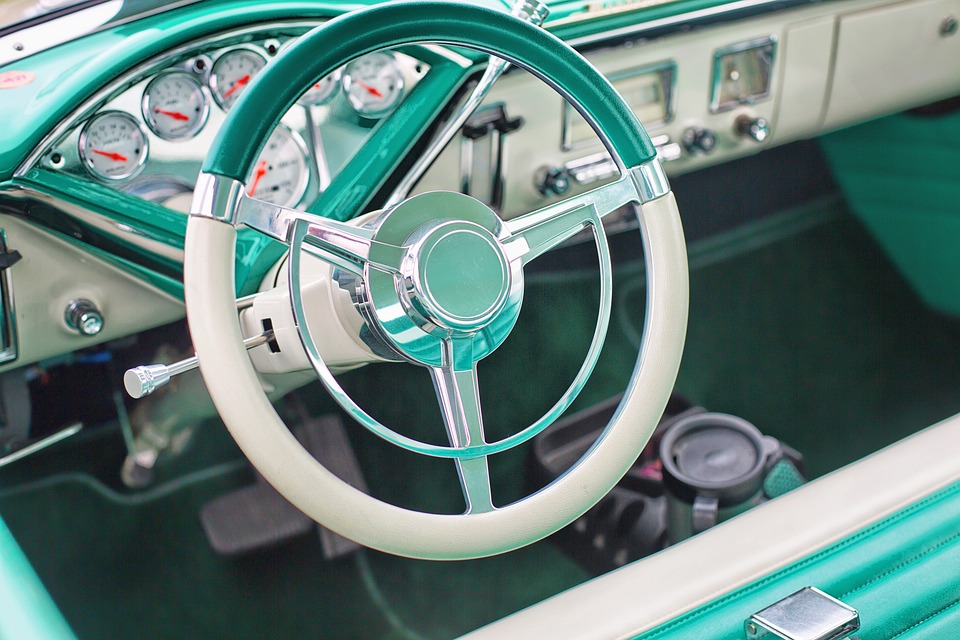If you’re a Honda Ridgeline owner, you might have faced or heard about the notorious water leak issues that seem to plague this otherwise reliable vehicle. It’s a frustrating problem that can lead to mold, a musty smell inside the cabin, and even damage to the interior if left unchecked. But fear not, because you’ve stumbled upon the right place for guidance. In this article, we promise to offer a comprehensive guide on identifying, troubleshooting, and resolving Honda Ridgeline water leak problems. Whether you’re dealing with leaks for the first time or you’re a seasoned veteran looking for new tips, our insights aim to keep your vehicle dry and your driving experience enjoyable.
With over a decade of experience since 2013 in the automotive field, focusing particularly on issues like the Honda Ridgeline’s water leak problems, we’ve amassed a wealth of knowledge and expertise. I feel confident in saying that our background allows us to provide you with information and solutions that are not only practical but also tested. Through years of diagnosing and resolving such issues, we’ve encountered nearly every possible scenario, which in my opinion, positions us uniquely to guide you effectively. Our deep dive into the Honda Ridgeline water leak issue is informed by real-world experiences, making our advice both reliable and relevant for Ridgeline owners seeking to protect their vehicles against water damage.
Honda Ridgeline Water Leak Problems
## Honda Ridgeline Water Leak Problems: Diagnosis & Solutions
### Introduction to the Dilemma
Owners of the Honda Ridgeline know all too well the frustration that a water leak can bring. These reliable, robust trucks are not immune to the occasional hiccup, and a water leak is among the most vexing issues that owners encounter. Not only does it create a damp environment conducive to mold and mildew, but it can also lead to more severe problems if not addressed promptly. This piece aims to embark on a problem-solving journey, meticulously dissecting the nuances of water leak issues in the Honda Ridgeline and illuminating paths to watertight resolutions.
### The Usual Suspects: Identifying Common Leak Points
The quest to quell a Ridgeline’s rebellious drips begins with identifying the usual suspects. Often, leaks find their genesis around the truck’s door seals, windows, or the sunroof – if equipped. Aging rubber seals lose their elasticity and provide less-than-adequate protection against the elements. Similarly, the drainage tubes from the sunroof can become clogged or dislodged, betraying their duty to escort water away from the vehicle’s interior. Awareness and regular inspection of these areas can preclude the precipitation from becoming an unwelcome passenger.
### The Diagnostic Dive
Diagnosis goes beyond a cursory glance. For those not faint of heart or lacking in tools, a garden hose test can be enlightening. Carefully directing water over the vehicle, while a trusty ally observes from the inside, can spotlight the ingress point. This method, although rudimentary, can be surprisingly effective. In circumstances where the leak eludes detection, enlisting the help of a professional might be the next logical step. Our site, TruckingCareers.org, with over 10 years of immersive involvement in the trucking industry since 2013, recommends seeking out a specialist who brings both expertise and equipment to the fray.
### Seal the Deal: Restoring Seals and Gaskets
Once identified, the path to rectification often involves repairing or replacing the offending seals or gaskets. Automotive weatherstripping adhesive can rejuvenate a seal that’s lost its stick but retains its integrity. Conversely, brittle, cracked, or otherwise compromised seals should be replaced outright. This endeavor, while potentially tedious, is markedly less so than tolerating the continuous incursion of water.
### Unblocking Clogged Drainage: The Sunroof Scenario
For Ridgelines equipped with a sunroof, ensuring the drainage system’s unimpeded operation is paramount. Over time, debris can accumulate, obstructing the natural flow of water. Regular maintenance, including the clearing of these vital channels, can prevent the accumulation of water and its subsequent invasion of the cabin. A slender, flexible tool, devoid of sharp edges to prevent damage, can be employed to remove any blockages gently.
### The Professional Touch
In instances where the leaks persist or the source remains elusive, turning to professionals is advisable. Specialists equipped with smoke machines can identify leaks with astonishing precision, saving time and frustration. Our experience at TruckingCareers.org has shown that investing in professional diagnostics oftentimes pays dividends in the long run, offering a surefire resolution to seemingly intractable problems.
### Preventative Measures and Regular Maintenance
Prevention, as in many realms, reigns supreme. Regular checks and maintenance of potential leak points can forestall the bulk of water intrusion issues. This includes inspecting seals and gaskets for signs of wear and tear, ensuring the sunroof’s drainage system is unobstructed, and addressing any concerns without delay. An ounce of prevention is worth a pound of cure, especially when it comes to keeping your Ridgeline dry and inviting.
### Conclusion: Steering Clear of Stormy Weather
The Honda Ridgeline, with its blend of utility and comfort, is a stalwart companion for many. That said, no vehicle is impervious to the trials posed by water intrusion. Understanding the common culprits, employing effective diagnostics, and undertaking both repairs and preventive measures can safeguard against the damp and dreary consequences of leaks. In this endeavor, knowledge is power, and action is its greatest ally. With diligence and care, your Ridgeline will remain a bastion of dryness, regardless of the weather outside.
FAQs on Honda Ridgeline Water Leak Problems
### Honda Ridgeline Water Leak Problems FAQs
**Q: Where is the most common area for water leaks in the Honda Ridgeline?**
A: The most common area is the rear cab window and the truck bed.
**Q: Can a clogged sunroof drain cause water leaks in the Honda Ridgeline?**
A: Yes, clogged sunroof drains can lead to water leaks in the cabin.
**Q: Are door seals a common source of water leaks in the Honda Ridgeline?**
A: Yes, deteriorating door seals can result in water leaking into the cabin.
**Q: What should I do if I find water leaking into the cabin of my Honda Ridgeline?**
A: Inspect seals and drainage channels and consider consulting a professional for repair.
**Q: Can the trunk bed of the Honda Ridgeline experience water leaks?**
A: Yes, improperly sealed trunk beds can allow water to leak into the storage area.
**Q: How can I test for a water leak in my Honda Ridgeline?**
A: Perform a water test by gently hosing down the vehicle and checking for interior water ingress.
**Q: Are there any recalls related to water leaks in the Honda Ridgeline?**
A: As of my last update, there are no specific recalls for water leaks, but always check the latest information.
**Q: Can cracked weather stripping cause leaks in the Honda Ridgeline?**
A: Yes, cracked or worn weather stripping around doors and windows can cause leaks.
**Q: What are the signs of a water leak inside my Honda Ridgeline?**
A: Wet carpets, musty odors, and interior fogging can indicate a water leak.
**Q: Is fixing a water leak in the Honda Ridgeline expensive?**
A: The cost can vary widely depending on the source and extent of the leak.




